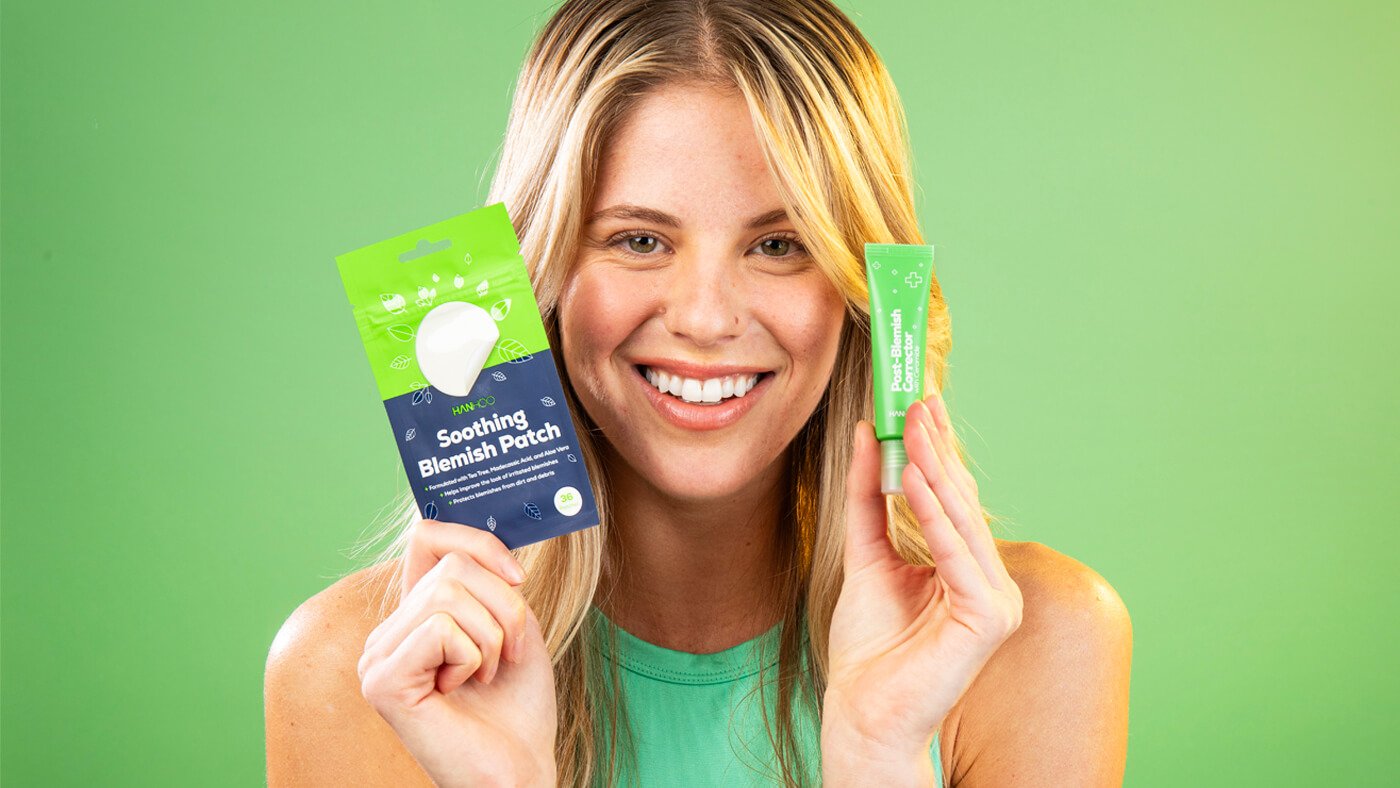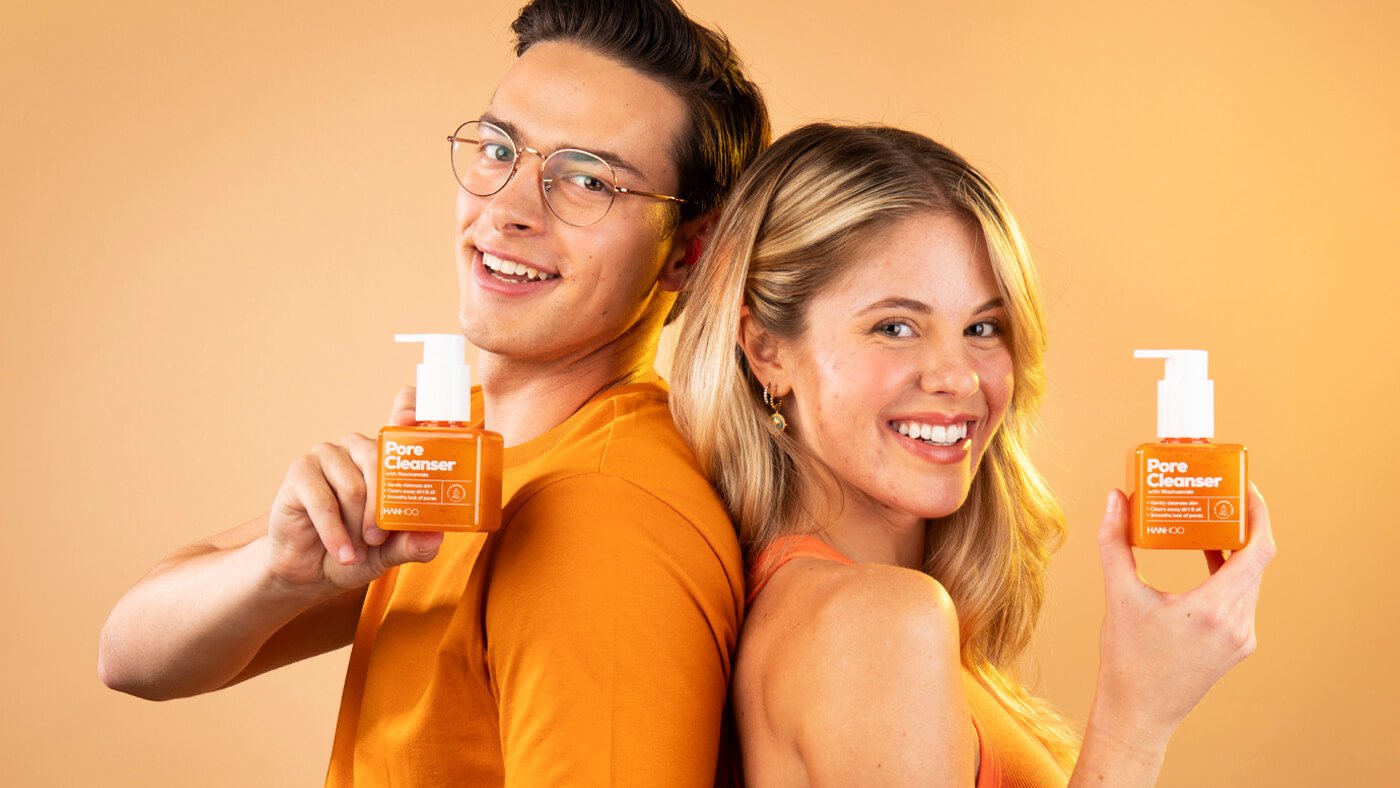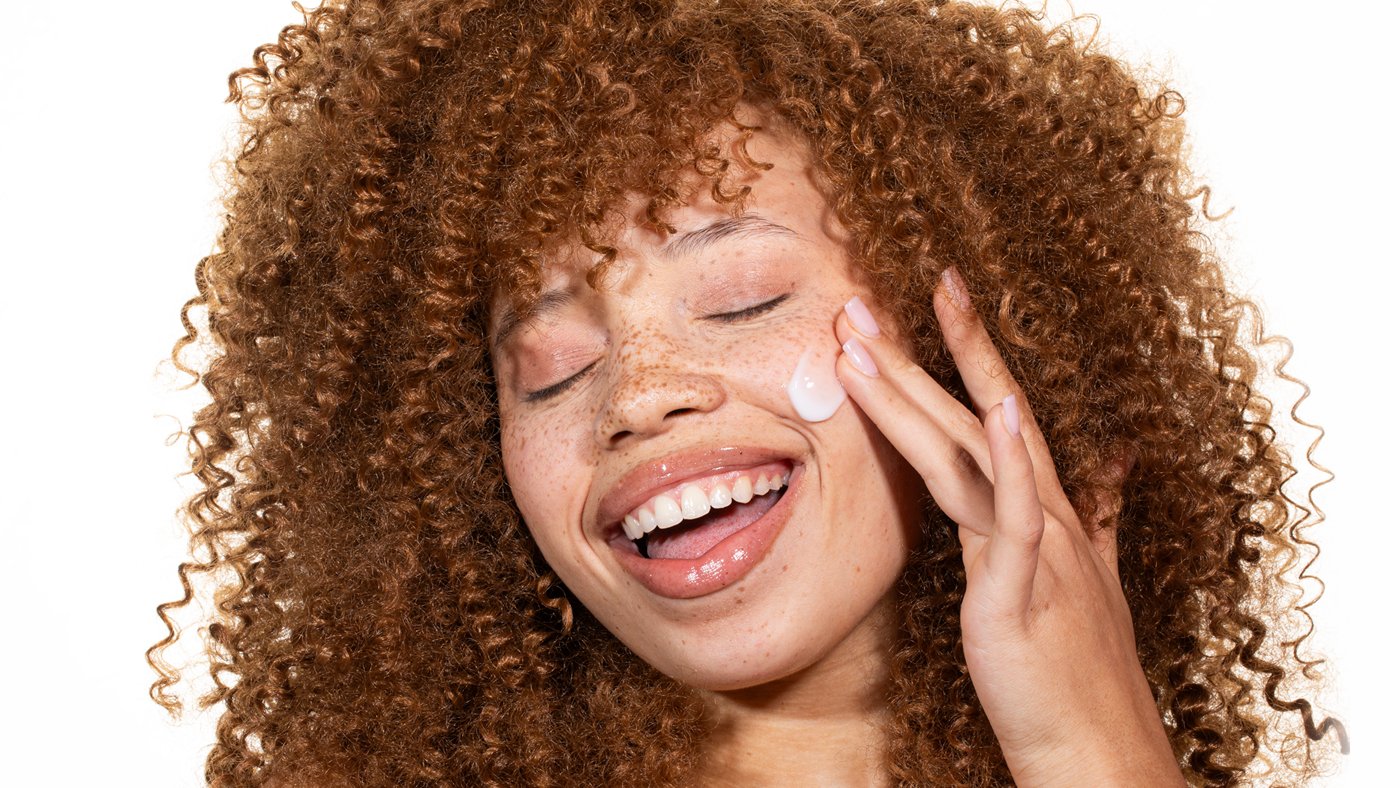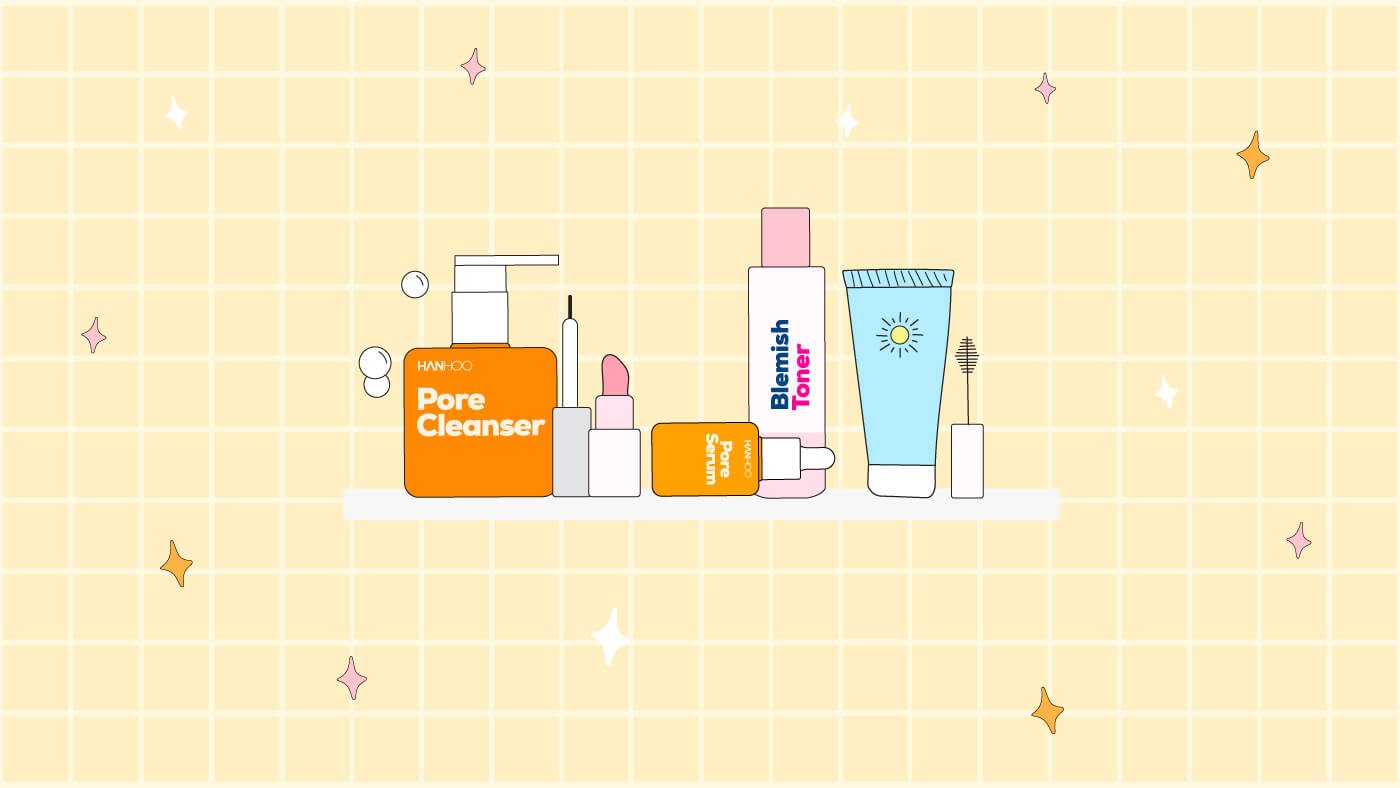For acne-prone skin types and chronic pimple poppers, post-acne marks are kind of just part of the package of dealing with acne. A lot of the time derms will advise against popping or picking at your pimples because you could introduce bacteria to the spot or trigger post-acne marks if you pop a pimple.
But, sometimes it doesn’t even take popping a pimple for a post-acne mark to pop up. Even when you don’t pop a pimple, some redness can linger after the pimple has healed and disappeared.
This is what’s known as Post-Inflammatory Erythema, or PIE. These red or pink-tinted spots appear after a pimple is healed as a result of inflammation from such conditions as acne. And, irritating active acne by trying to squeeze the spot can lead to further inflammation that triggers PIE.
So, the pimple is gone but you’re left with a post-acne mark, what now?
Tip #1: First treat the pimple
Before you even think about treating post-acne marks, you have to think about what causes them. And since we know that post-acne marks pop up as a result of the inflammation from acne, it’s important to first target the acne.
There are tons of spot treatments on the market that include acne-fighting ingredients like Tea Tree Oil, Salicylic Acid, and Retinoids. But, while these are great ingredients to target acne they may not always play well with all skin types.
Actives in acne spot treatments tend to be pretty strong and if overused they can lead to dryness and even flakiness. Sensitive skin types need to be especially mindful of what they use to treat acne. This could include limiting the amount of times you use the spot treatment or opting for spot treatment with lower concentrations of actives.
Sensitive skin types dealing with acne could also use a gentler alternative to traditional spot treatments. Hydrocolloid patches work great for all skin types and help minimize the size of pimples while also protecting the spot from finger-picking and external irritants.
Our Soothing Blemish Patch is formulated with Tea Tree Oil, Aloe, and Madecassic Acid for that 1,2 punch of acne-fighting properties and calming effects on irritated pimples. You simply apply the patch to the spot (with no other topicals) and leave it on for 6 to 8 hours as the patch sucks up pimple gunk.
Tip #2: Spot treat post-acne marks
Sometimes post-acne marks are inevitable, no matter how good you are about keeping your hands off your pimples (sucks, we know). These post-acne marks can also last from a couple weeks to a few months, so understandably they can be annoying to deal with.
But, just like there are spot treatments for acne, there are also spot treatments for post-acne marks. The difference is simply the ingredients that are in the post-acne spot treatments. There are great brightening, discoloration-targeting ingredients that help clear up those red spots including Niacinamide, Tranexamic Acid, Retinoids, and Vitamin C.
Our Post-Blemish Corrector is made with ingredients like Ceramide, 3% Niacinamide, and 2% Tranexamic Acid to help target post-acne marks, both red and dark spots. Niacinamide and Tranexamic Acid help fade the look of discoloration while Ceramide and Aloe Vera restore hydration to the skin (in case you experience any flaking from acne spot treatments).
Tip #3: Don’t forget sunscreen!
You may not immediately think that sunscreen could help with post-acne marks but it's actually a pretty vital step in your acne care routine.
Unprotected exposure to the sun can result in worsening the look of post-acne marks. This can also make it take longer for the post-acne marks to naturally fade on their own. So, applying sunscreen anytime you're going to go out in the sun can really help improve the appearance of post-acne marks by preventing them from deepening in color.
Lastly, while it can be frustrating to deal with both acne and post-acne marks, it’s best to remember to be gentle and patient with your skin. As much as we would like an overnight cure, that simply doesn’t exist when it comes to skincare.
And as a last tip, always be consistent. You can’t exactly apply a spot treatment once and expect to unveil clear skin the next day (and you can’t also just apply whenever you remember to). Being consistent with a good skincare routine can go a long way in helping to control acne breakouts and subsequently the appearance of post-acne marks






